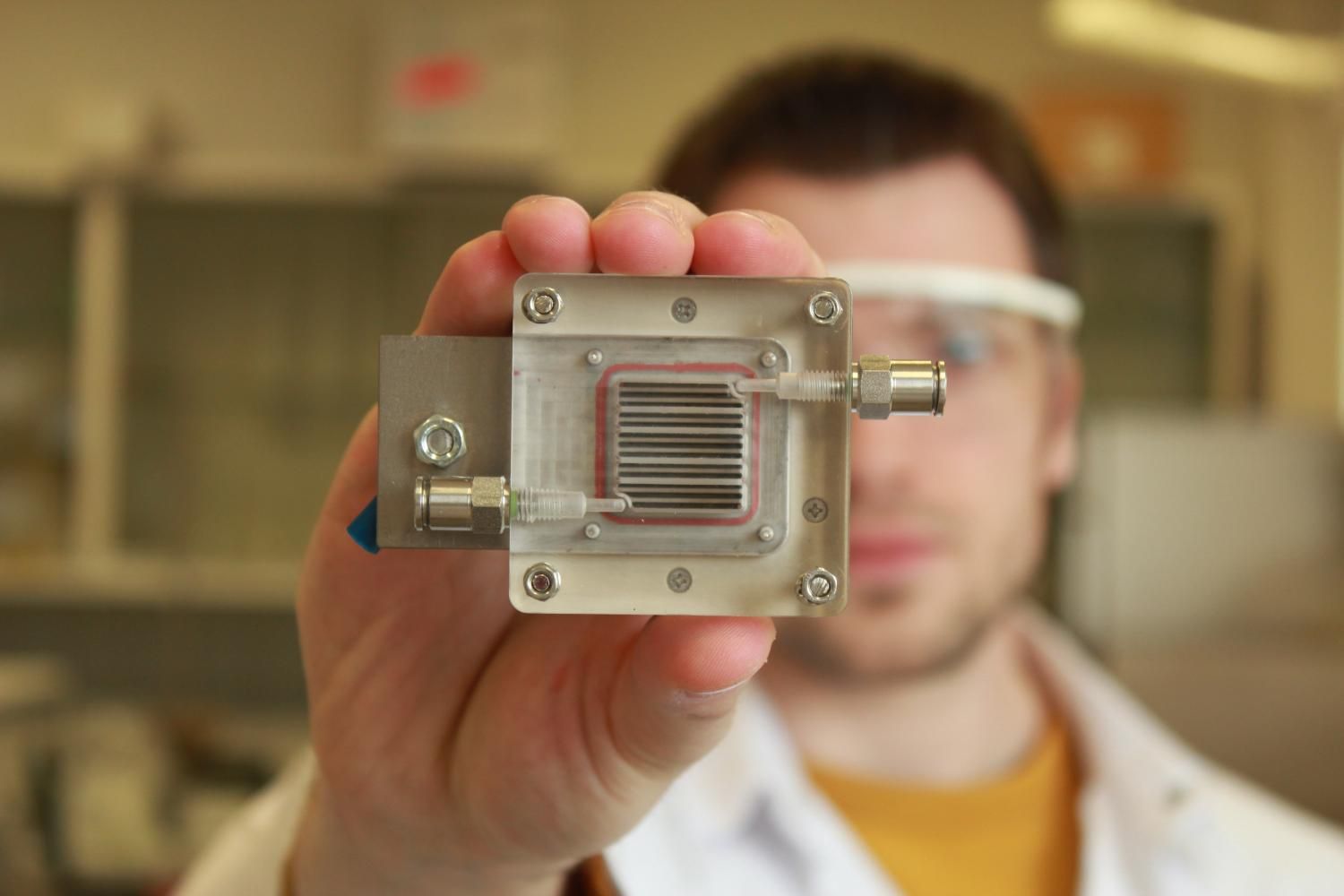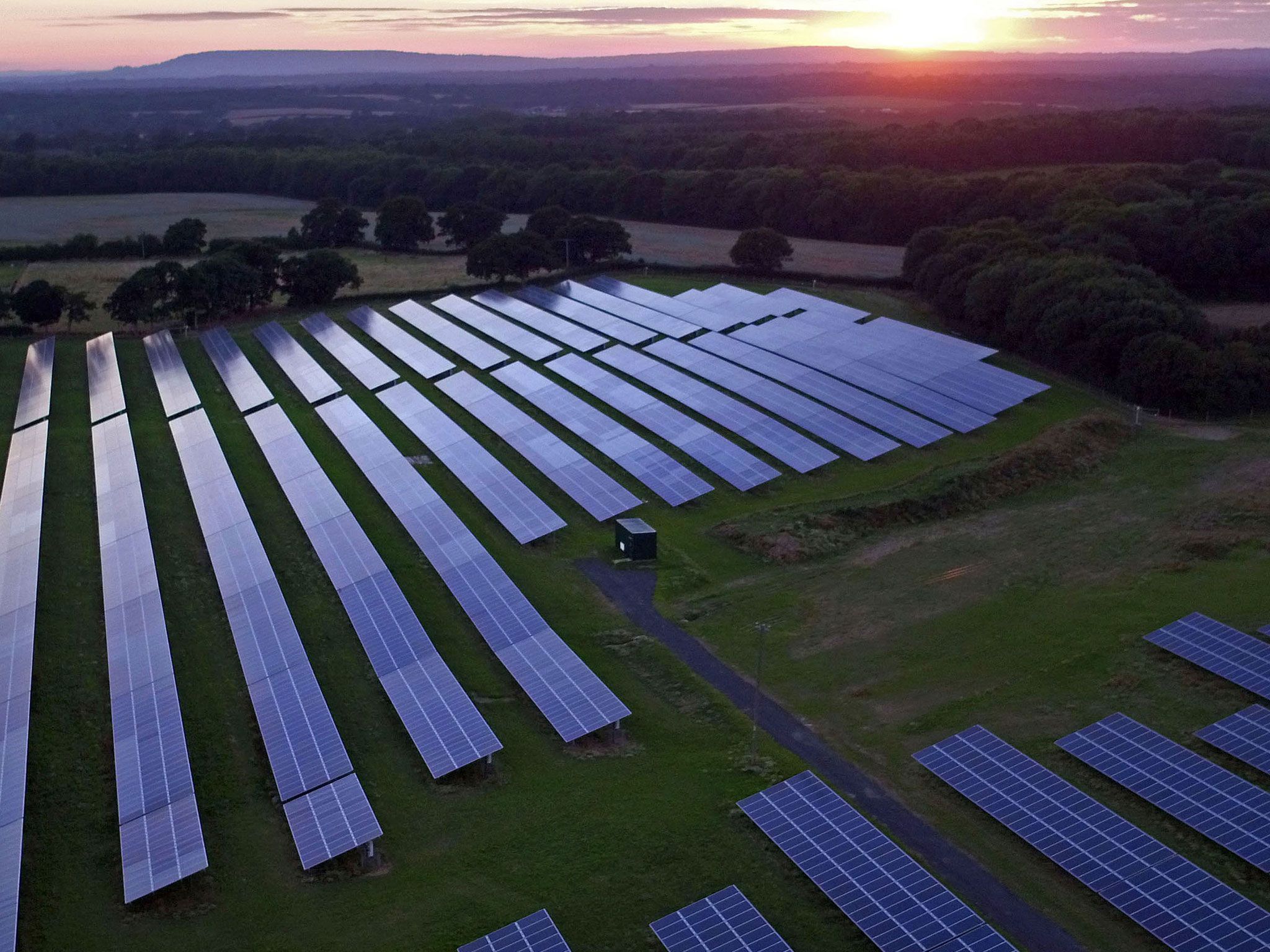May 8, 2017
New artificial photosynthesis process converts CO2 in air to fuel
Posted by Sean Brazell in categories: energy, food, sustainability
A win win, assuming it can be manufactured en mass and at a reasonable price.
A University of Central Florida (UCF) chemistry professor has invented a revolutionary way to remove carbon dioxide (CO2) from air by triggering artificial photosynthesis in a synthetic material — breaking down carbon dioxide while also producing fuel for energy.
Continue reading “New artificial photosynthesis process converts CO2 in air to fuel” »
















